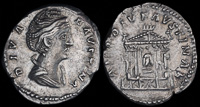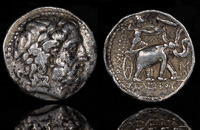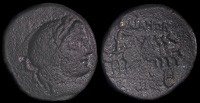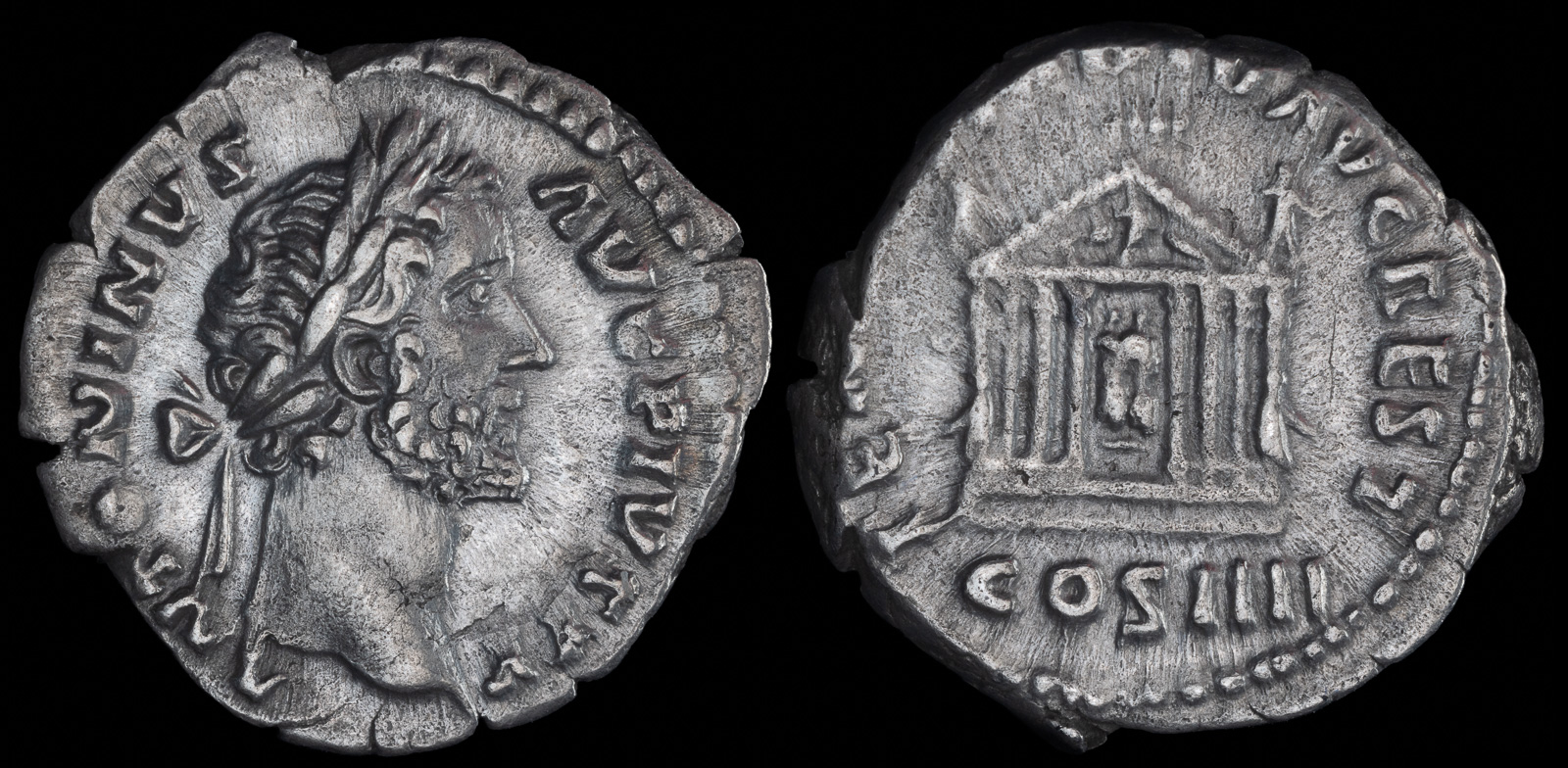Quadriga
View All Tags
In terms of design, the quadriga was a chariot drawn by four horses arranged in a line, often with two horses pulling from the front and two from the back. The charioteer would stand on a platform in the middle, controlling the horses with reins. The quadriga was a highly technical vehicle, demanding skill and precision from its driver, who had to maneuver the four horses at high speed while maintaining control and avoiding obstacles. These chariot races were dangerous, and accidents were common, but the victories in these events were considered glorious achievements.
In both Greek and Roman cultures, the quadriga became symbolic of victory and triumph. A victorious charioteer was often awarded a wreath or crown, and the quadriga was featured in a wide variety of art and public monuments, including coins, sculptures, and reliefs. The image of a quadriga was also associated with divine triumph and power, especially in Rome. The most famous example of this is the Quadriga of Apollo, depicted on the Temple of Apollo at Delphi and used as a symbol of the god’s role in guiding the chariot of the Sun across the sky. In Roman imperial art, the quadriga was frequently used to represent the emperor’s military and political victories.
The quadriga also played a role in religious and symbolic rituals. In Rome, for example, the quadriga was often employed in triumphal processions following a general’s victory in battle. The victorious general would ride in a quadriga, symbolizing his dominance and the favor of the gods.

Antoninus Pius 159 CE

Diva Faustina Sr 146 CE

Seleukos I Nikator 296-281 BCE

Tralleis, Lydia 300-200 BCE
